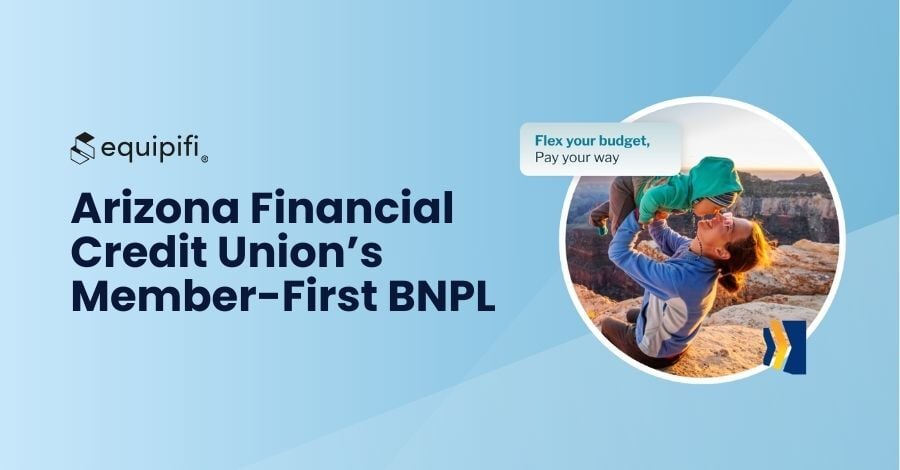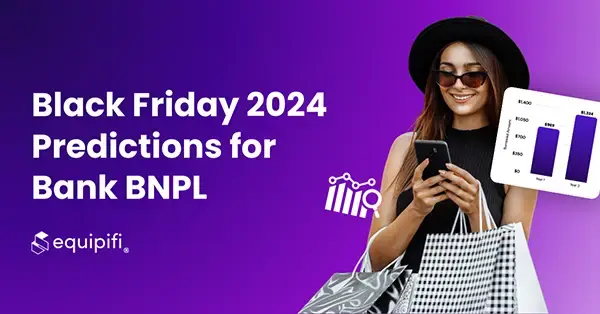Apple has announced that it will discontinue its Apple Pay Later program, choosing instead to introduce a global offering that will allow users to “access installment loans offered through credit and debit cards, as well as lenders, when checking out with Apple Pay”.
This decision is a reflection of Apple shifting strategy away from owning and servicing installment loans, and toward elevating Apple Pay as a digital payment platform.
Meanwhile, for financial institutions launching their own BNPL programs, this news presents interesting implications for how the competition for wallet share is evolving, and where consumers are able to access financial flexibility. Let’s look at these impacts and see how financial institutions can address these changes in the payments landscape.
BNPL is a fixed part of the payments landscape
Apple Pay Later was launched in 2023 when BNPL was a necessary feature for customer acquisition and retention. This year, BNPL has gained recognition and legitimization from regulatory bodies, device companies, major financial institutions, and payments services. Apple is making a substantial investment into its digital payment experience and categorically giving BNPL a permanent place in its user experience. This is a move many major players in the payments industry have made in the recent months. Visa’s release of Flexible Credentials, for example, is a similar platform inclusion of BNPL in response to consumer demand.
Takeaway: BNPL has matured and gained legitimacy in the payments landscape, and is now a staple in one of the most popular digital wallets. Institutions should provide BNPL as an available service embedded into digital banking, payment methods, and bank accounts because it is now a consumer expectation. Not doing so is an attrition risk.
BNPL is necessary to compete for wallet share
As digital platforms are expanding ways for consumers to access BNPL and pay, they have also been updating their user experiences to help consumers decide which to use. Last month, Google Pay announced that they would enable their user interface to inform consumers of their cards’ benefits when they are selecting which one to pay with. Apple, by announcing they will work with “Apple Pay-enabled banks and lenders” to bring BNPL to more consumers, may also give financial institutions an opportunity to position as a flexible payment enabled method, and have a better chance at being top-of-wallet for their account holders.
Takeaway: Digital wallets are now indicating they will help consumers choose their top payment option. We suggest that financial institutions add BNPL to payment methods as soon as possible. That way, financial institutions are better prepared to compete for wallet share.
3rd-Party BNPL is a long term competitor
For any financial institutions hoping that large 3rd-party BNPL providers will disappear, they will not. Affirm has been the first partner for Apple Pay in this new product update. Google Pay and Visa also selected Affirm as a partner to update their user experience. Since its founding, Affirm has attempted to displace financial institutions at the top of wallet. Last year, it formed partnerships with retailers like Amazon and Walmart. This year, it has gained recognition from platforms like Google Pay, Apple Pay, and Visa. 3rd-party BNPL providers will continue to be powerful competitors at the top of wallet.Takeaway: Financial institutions without BNPL offering can expect 3rd-party players to continue eating into its wallet share. Those that have launched BNPL should consider leveraging this program proactively both as a defensive and offensive play, deepening existing account holder relationships and attracting new ones.
Have more questions on Apple Pay Later and the evolution of the payments landscape? Make sure to subscribe to our newsletter to stay up to date on the latest in BNPL news.







SHARE